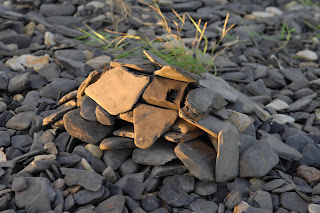
The knowledge about bat migration still lags behind that of birds, while there appears to be an increasing research interest in bat migration as illustrated by the recent conference on bat migration in Berlin 16-18 January 2009. Recent advances in methodologies of tracking small animals may change this, but there are still hurdles to overcome in the study of bat migration. Around the Baltic Sea there have been different efforts to study bat migration, and this Symposium aims at bringing together people interested in bat migration to explore the current state of knowledge and possibly to initiate a concerted effort in the near future. At the symposium topics such as migration theory, case studies and methodology will be covered. What are the challenging questions? How can they be addressed? How can we benefit from collaboration around the Baltic Sea?
Anyone interested in participating are welcome to do so in this 3 day symposium, to be held at the Ecology Building, Lund University 12-14 November, 2009. Through a grant from the Hans Kristiansson fund the travel and accommodation costs, including a symposium dinner, can be covered for a limited number of participants. Please register by sending an email to: anders.hedenstrom@teorekol.lu.se , with an estimated cost for your participation. The funding will be divided so that participants from as many countries as possible can join the symposium.
The program will consist of talks, demonstration of methods, and round-table discussion. In case the slots for oral presentations become exhausted, there will be a possibility to present posters.
Looking forward to receiving your registrations, not later than 30 September.
Anders Hedenström , Centre for Animal Movement Research (CAnMove), Lund University











